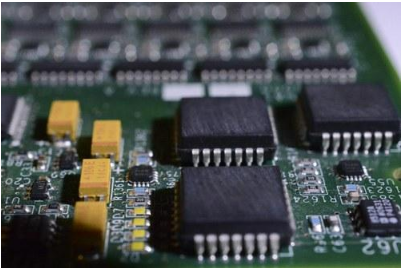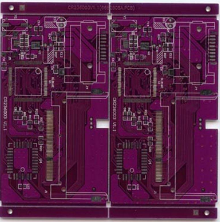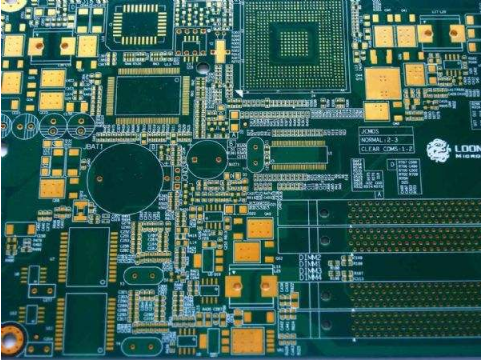
Any routing on the PCB will cause time delay to the high frequency signal when it passes through the signal. The serpentine routing is mainly used to compensate the parts with less delay in the same group of related signal lines, which usually pass through the other parts without or less than other signals
Any routing on the PCB will cause time delay to the high frequency signal when it passes through the signal. The serpentine routing is mainly used to compensate the parts with less delay in the "same group of related" signal lines. These parts usually have no or less logic processing than other signals; The most typical is the clock line, which usually does not need any other logic processing, so its delay will be less than other related signals. The equal line length of high-speed digital PCB is to keep the delay difference of each signal within a range and ensure the validity of the data read by the system in the same cycle (when the delay difference exceeds one clock cycle, the data in the next cycle will be misread). Generally, the delay difference is required to not exceed 1/4 clock cycle, and the line delay difference per unit length is also fixed. The delay is related to the line width, line length, copper thickness, and board structure, However, if the line is too long, the distributed capacitance and distributed inductance will increase and the signal quality will be improved. Therefore, the clock IC pin is generally connected to the RC terminal, but the serpentine routing does not act as an inductance. On the contrary, the inductance will shift the phase of the higher harmonics in the rising element of the signal, causing the deterioration of the signal quality. Therefore, the serpentine line spacing is required to be at least twice the line width. The smaller the rise time of the signal, the more vulnerable to the impact of the distributed capacitance and distributed inductance.

Because different PCB applications have different functions, if the serpentine wiring appears in the computer board, it mainly acts as a filter inductor to improve the anti-interference ability of the circuit. The serpentine wiring in the computer motherboard is mainly used in some clock signals, such as CIClk and AGPClk. Its functions are twofold: 1. impedance matching 2. filter inductor. For some important signals, such as the HUBLink in the INTEL HUB architecture, there are a total of 13 HUBLinks running at 233MHz. They must be strictly equal in length to eliminate hidden dangers caused by time delay. Wire winding is the only solution. Generally speaking, the line spacing of serpentine routing is>=2 times the line width. The serpentine cable on the PCI board is designed to meet the line length requirements of the PCI 33MHzClock. If it is a LC filter with distributed parameters in ordinary PCB boards, it can also be used as the inductance coil of radio antennas, and short and narrow serpentine wires can be used as fuses, etc.
PCB layer setting and power ground separation requirements
When two signal layers are directly adjacent, vertical wiring rules must be defined. 2. The main power supply layer shall be adjacent to its corresponding layer as much as possible, and the power supply layer shall meet the 20H rule. 3. Each routing layer has a complete reference plane. 4. Multilayer boards are stacked and core materials (CORE) are symmetrical to prevent
1. When two signal layers are directly adjacent, vertical wiring rules must be defined.
2. The main power supply layer shall be adjacent to its corresponding layer as much as possible, and the power supply layer shall meet the 20H rule.
3. Each PCB wiring layer has a complete reference plane.
4. Multilayer boards are laminated and core materials (CORE) are symmetrical to prevent uneven distribution of copper sheet density and asymmetric medium thickness from warping.
5. The plate thickness shall not exceed 4.5mm. For the plate thickness greater than 2.5mm (the back plate greater than 3mm), the process personnel shall confirm that there is no problem in PCB processing, assembly and equipment, and the PC card thickness is 1.6mm.
6. When the thickness diameter ratio of via is greater than 10:1, it shall be confirmed by the PCB manufacturer.
7. The power and ground of the optical module are separated from other power and ground to reduce interference.
8. The power and ground treatment of key components meet the requirements.
9. When PCB impedance control is required, layer setting parameters meet the requirements.







